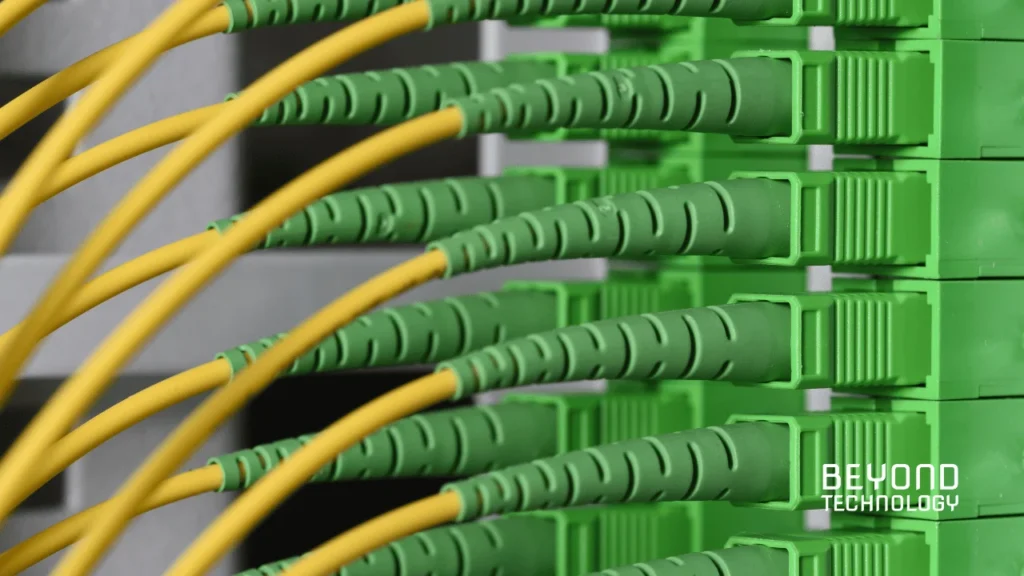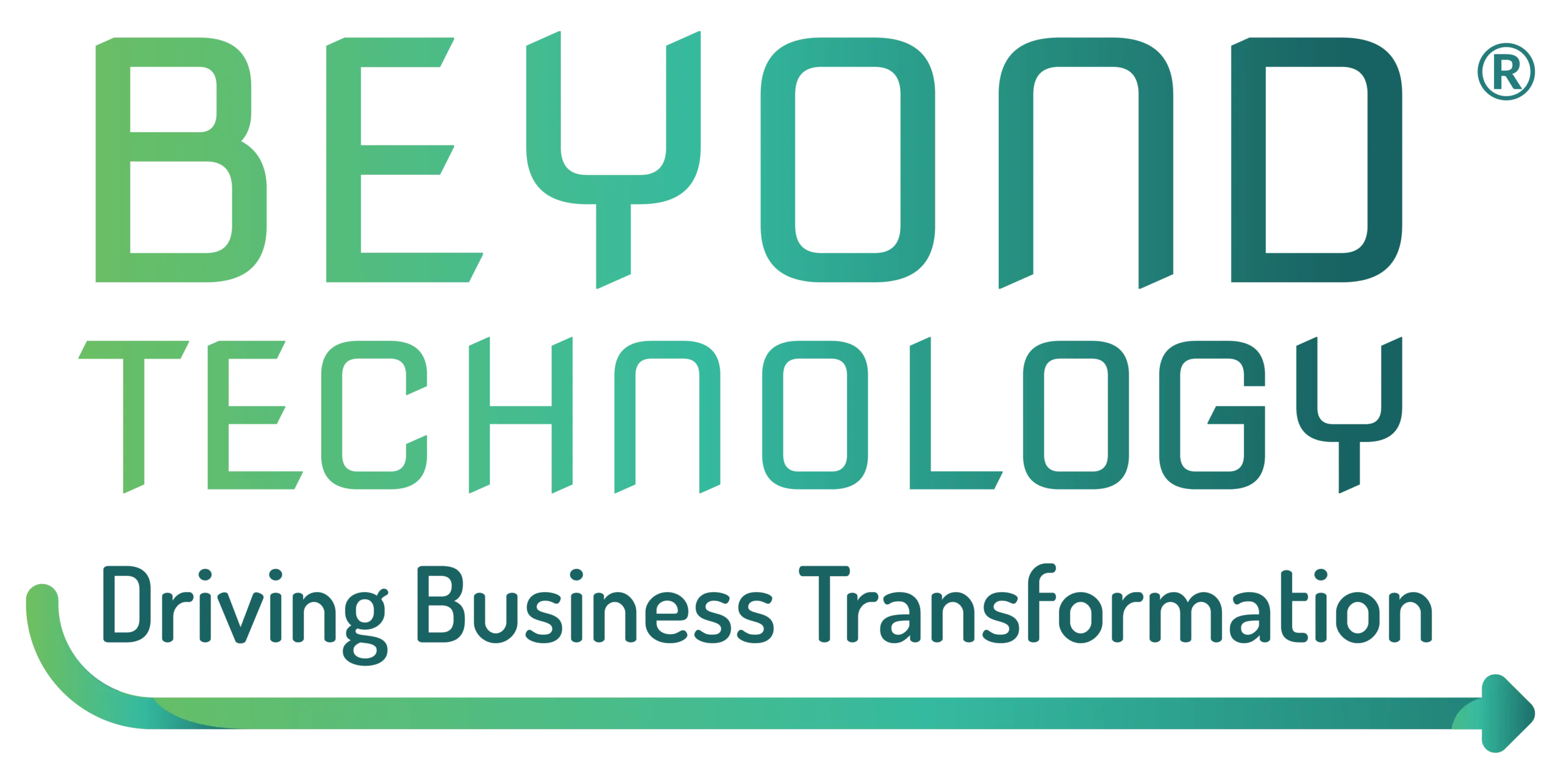The evolution of optical networks has been a constant force in the digital transformation of businesses. For years, traditional architectures based on rigid aggregation points and point-to-point links have been the standard. However, the emergence of technologies like XR Optics is now challenging the efficiency of these models, especially in environments that require greater scalability, flexibility, and resource optimization.

Benefits of XR Optics in high-demand enterprise data transmission
One of the main differences between XR Optics and traditional solutions is its ability to break away from the point-to-point model and adopt a point-to-multipoint architecture. This innovation allows a single optical interface to communicate directly with multiple endpoints, significantly reducing the number of intermediate devices and maximizing the use of available optical spectrum. This is a major advantage for businesses with multiple locations or network nodes that require an adaptive infrastructure with reduced operational overhead.
Traditional optical networks, while proven to be reliable and robust over time, face technical limitations when it comes to scaling operations without proportionally increasing costs. Their design is not optimized for efficient bandwidth distribution in environments with high traffic variability, often resulting in underutilized capacity and a growing reliance on physical upgrades.
Improving optical network efficiency in dynamic business environments
Operational efficiency is critical in enterprise settings where data traffic can fluctuate considerably depending on time of day, user load, or application types. XR Optics addresses this challenge by enabling dynamic bandwidth allocation and significantly reducing the need for manual intervention for adjustments or maintenance. This leads to less downtime, lower energy consumption, and simpler operations.
In comparison, traditional networks require more rigid configurations and extensive planning, which often fail to respond quickly to unexpected changes in demand. Upgrading these infrastructures also involves longer implementation times and additional costs related to new hardware.
Technology flexibility for future-ready enterprise optical networks
A defining feature of XR Optics is its focus on interoperability and simplifying the optical ecosystem. By eliminating the need to pair symmetrical optical interfaces, it enables existing networks to evolve toward a more sustainable and adaptable model without discarding previous investments. This ability to coexist seamlessly with traditional infrastructure offers a strategic advantage for businesses looking to modernize their networks without a full system overhaul.
Conversely, conventional networks often demand more aggressive changes to increase capacity or functionality, which can lead to operational disruptions or disproportionate investments compared to the expected benefits. In this regard, XR Optics provides a value proposition better suited to the agile transformation demands of today’s technology landscape.
Speak with an expert and take your optical network to the next level
If your company is considering modernizing its network infrastructure, Beyond Technology can support you in evaluating and designing the most suitable solution. We have proven expertise and are a global platinum partner of Infinera, a worldwide leader in optical innovation. Schedule a consultation with one of our specialists and discover how to integrate XR Optics or enhance your existing network with cutting-edge technology.

